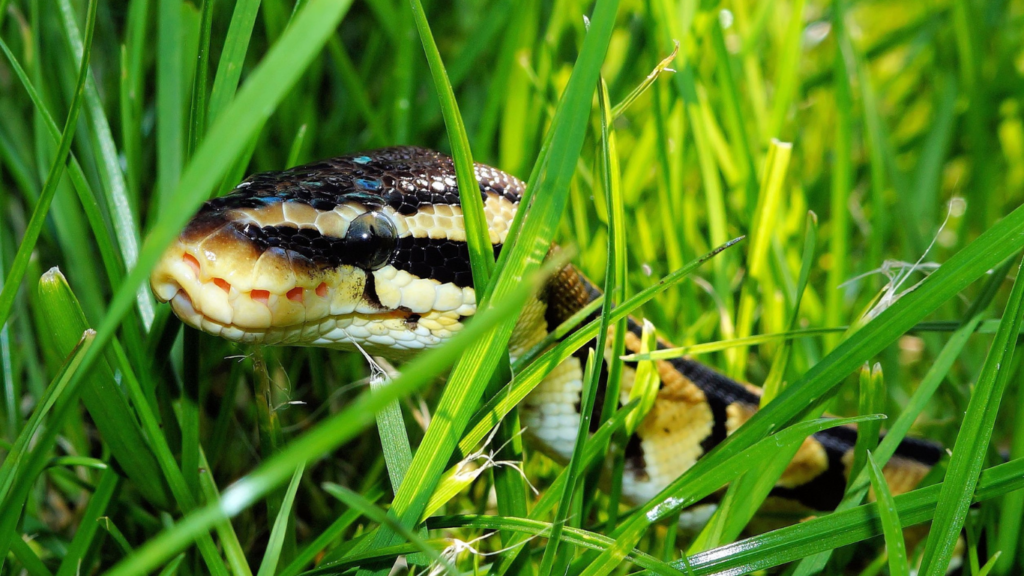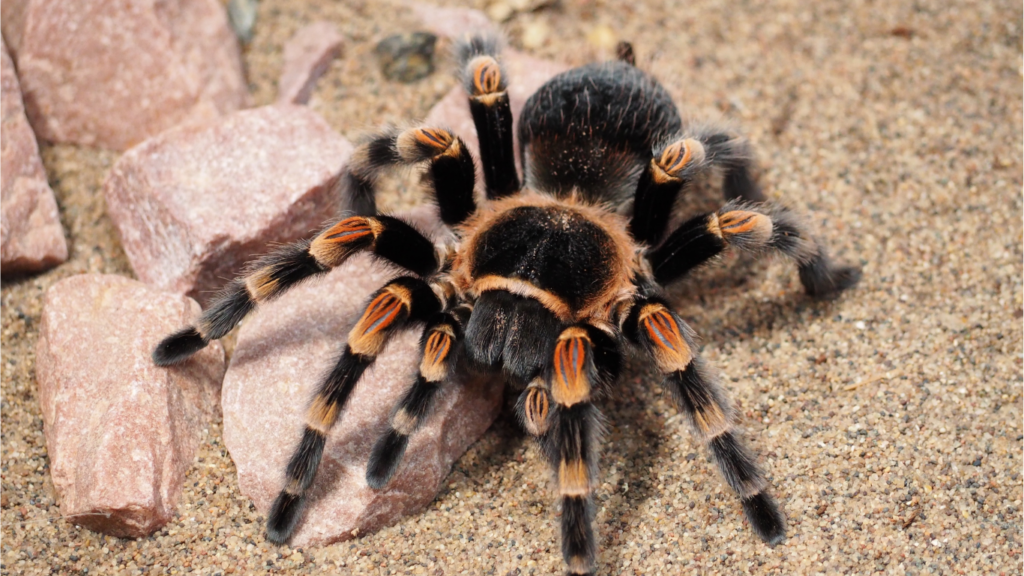Understanding Wildlife Behavior
Recognizing patterns in wildlife behavior helps stay safe in the wild. Animals often show predictable behaviors when threatened, hungry, or defending their territory.
Signs of Aggression
Certain animals exhibit signs of aggression before attacking. Bears may stand on their hind legs, hiss, or growl. Snakes often hiss, rattle, or coil before striking. Knowing these signs can prevent dangerous encounters.
Territorial Behavior
Many animals are territorial and aggressive towards intruders. Lions, wolves, and elephants defend their territories fiercely. If you notice an animal marking its territory or acting protectively, back away slowly to avoid conflict.
Feeding Times and Habits
Wildlife feeding behavior can influence encounter risks. Predators usually hunt at dawn or dusk, so activities during these times might increase risks. Avoid hiking or camping near water sources, as many animals visit to drink.
Protective Instincts
Animals with young ones display protective instincts. Female animals like:
- bears
- elephants
- big cats
become highly aggressive if they perceive threats to their offspring. Always give space to animals with young ones.
Flight or Fight Response
Most wildlife prefer to flee rather than fight when encountering humans. Startling an animal can trigger a fight response, making it essential to remain calm and avoid sudden movements. Speak softly and slowly back away.
Understanding these behaviors reduces encounter risks. Always respect wildlife and maintain a safe distance.
Common Dangerous Animals
Various dangerous animals pose significant risks to humans in the wild. Knowing about these animals helps in staying safe during outdoor adventures.
Predators
Predators like lions, wolves, and bears present severe threats due to their hunting behaviors. Lions, found in Africa, display territorial aggression. For example, they defend their prides fiercely. Wolves, present in North America and Europe, hunt in packs, making them formidable. Bears, existing in North America and parts of Asia, can become aggressive if they sense danger or are protecting their cubs.
Venomous Creatures

- Venomous creatures include snakes, spiders, and scorpions.
- Snakes like rattlesnakes and cobras, found in North America and Asia, inject venom through bites.
- Spiders, such as black widows and brown recluses, deliver venom through their fangs; these are common in North America.
- Scorpions, particularly the Arizona bark scorpion, found in the southwestern US, sting with a venomous tail, causing extreme pain and health complications.
Large Herbivores
Large herbivores like elephants, rhinoceroses, and moose pose risks due to their size and behavior. Elephants, common in Africa and Asia, might charge if they feel threatened. Rhinoceroses, found in Africa, protect their territory aggressively. Moose, present in North America, become dangerous during mating season or if they perceive a threat to their calves.
Understanding these animals’ behaviors and habitats aids in minimizing risks during wilderness excursions.
Safety Guidelines for Wildlife Encounters
Staying safe around dangerous animals requires understanding and applying specific guidelines. Knowing what to do during encounters can prevent harmful situations.
Maintaining Safe Distance
Keep a significant distance from wildlife to avoid provocation. For example, stay at least 100 yards away from predators like bears and wolves, and at least 25 yards from most other animals, including herbivores like moose and elk. Use binoculars for observation.
Recognizing Warning Signs
Identify warning signs of animal aggression to react promptly. Bears may huff, pop their jaws, or paw the ground. Snakes might hiss or coil. Large herbivores, like elephants, may flap ears or trumpet. Recognize these behaviors to know when to retreat.
Appropriate Responses to Attacks
Respond correctly if an animal attacks. If a bear charges, either play dead (grizzly) or stand your ground and fight back (black bear). For snake bites, keep the affected limb immobile, and seek medical help immediately. When an elephant charges, try to find a barrier between you and the animal. Use these tactics to minimize injury.
Each guideline plays a crucial role in ensuring safety during wildlife encounters. Following these protocols can help avoid dangerous interactions with animals.
Essential Gear and Equipment
Using the right gear is crucial to staying safe during wildlife encounters. Essential equipment not only provides protection but also promotes effective communication in emergencies.
Personal Protective Equipment
Personal protective equipment is vital for preventing injuries when dealing with wildlife. A sturdy, long-sleeve shirt and pants protect against scratches and bites. Hiking boots with ankle support offer stability on uneven terrain and protect feet from bites. Carry bear spray in bear-prone areas; it’s proven effective in deterring attacks. A whistle can scare off some animals, providing a layer of auditory deterrence.
Communication Tools
Communication tools ensure you can get help if needed. A fully charged mobile phone with a reliable network provider is essential. In areas with poor signal, a satellite phone or personal locator beacon is invaluable. These devices send distress signals to rescue services. Walkie-talkies aid communication within a group, making it easier to stay connected if someone strays away.
Real-life Stories and Lessons
Understanding real-life stories can provide valuable insights into avoiding dangerous wildlife encounters. Lessons learned from these incidents can help improve practical knowledge for safe wildlife adventures.
Successful Avoidance
In Wyoming, a hiker spotting fresh grizzly tracks immediately backtracked. By maintaining awareness and acting quickly, the hiker avoided a face-to-face encounter. Mark Johnson’s story highlights staying alert and recognizing early signs.
Another instance involved Jane Collins while camping in Alaska. She used bear-proof containers for food storage. The bear approached the campsite but left after failing to find an easy meal. Proper food storage methods can avoid dangerous wildlife encounters.
Mountaineer Sarah Evans encountered a group of aggressive mountain goats. Her quick decision to leave the area prevented potential injury. Recognizing specific terrain and behavioral changes in animals assists in successful avoidance.
Close Calls and Rescues
In a harrowing account, Tom Smith nearly faced a fatal attack from a bull bison in Yellowstone. After inadvertently getting too close, he slowly walked backward, avoiding sudden movements, allowing the bison to lose interest. Tom’s experience underlines the importance of understanding animal behavior and keeping calm during close encounters.
Amy Wallace experienced a close call with a rattlesnake while hiking in Arizona. She didn’t notice the snake until steps away. Slowly and steadily, she backed away, allowing the snake to retreat without striking. Amy’s ordeal teaches respect for venomous creatures and the importance of staying vigilant on trails.
Rescue operations sometimes become necessary. In Kenya, ranger Michael Brown saved a tourist from a lion attack by using his vehicle to scare off the lion. This incident underscores the importance of local knowledge and effective emergency response to mitigate dangerous situations.
Real-life encounters offer unforgettable lessons. Awareness, preparedness, and quick thinking often make the difference between a safe escape and a perilous situation.





